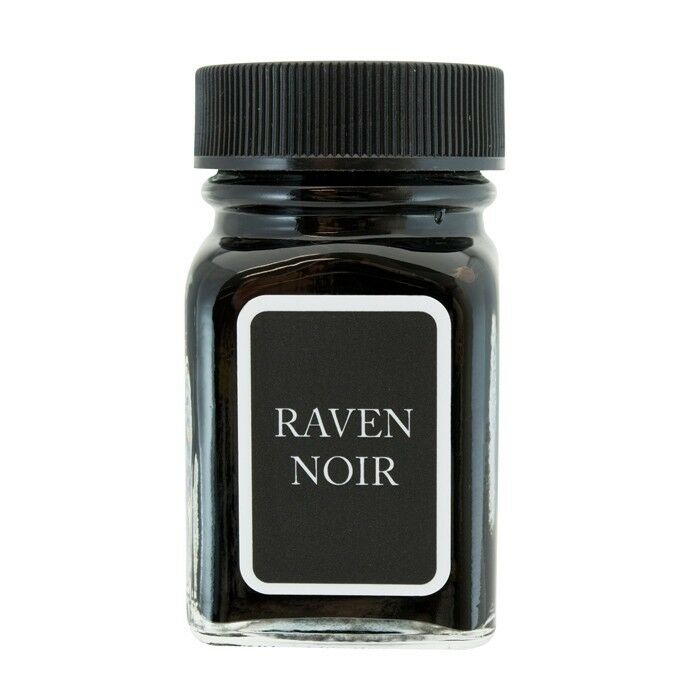
It’s a riddle that has troubled learned logicians, the literati, imaginative children and adventuring psychonauts since Alice’s first documented excursion in 1865, and as it was posed by a hatter with a mind muddled by mercury, it’s not surprising that an adequate solution never quite materialised.
Upon publication of the hatter’s riddle curiosity was certainly piqued, and over several decades the author received scores of letters about it.
Eventually, pressured by interminable enquiries, Carroll offered his readers a tentative solution:
Because it can produce few notes, tho they are very flat; and it is never put with the wrong end in front!
Which certainly sounds like Carroll, but why does it fail to satisfy? One suspects that the reading public longs for a more profound resolution.
Some decades later, and somewhat too concisely, an American puzzle maker solved the riddle with an observation:
Poe wrote on both.
More recently, literary scholar Martin Gardner shared an answer sent him by a reader that certainly succeeds through quick-fire assonance and visual poetry:
both have quills dipped in ink.
In point of fact, the Hatter’s riddle simply has no definitive answer.
Of course, the riddle in a literal sense is little more than two nouns thrown together, but together don’t their associations mingle and combine to draw us into the slippery logic of a dream: ravens, black feathers, dark thoughts, unhindered flight, writing desks, ink pots, quills, and both written and unwritten words.
As is often the case the journey is richer in the absence of a destination.
Image: Monteverde, Raven Noir, Bottled Ink, 30 ml
